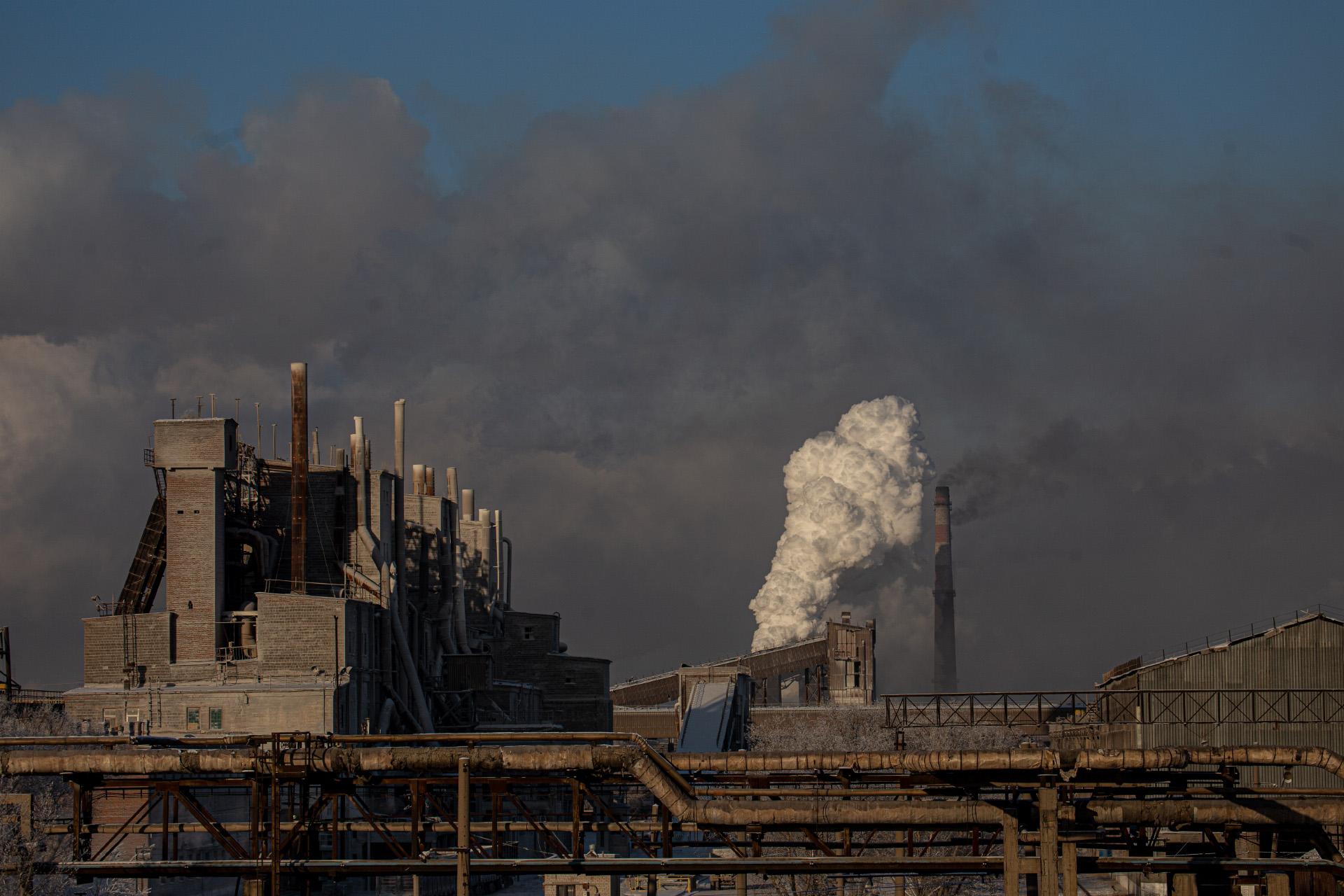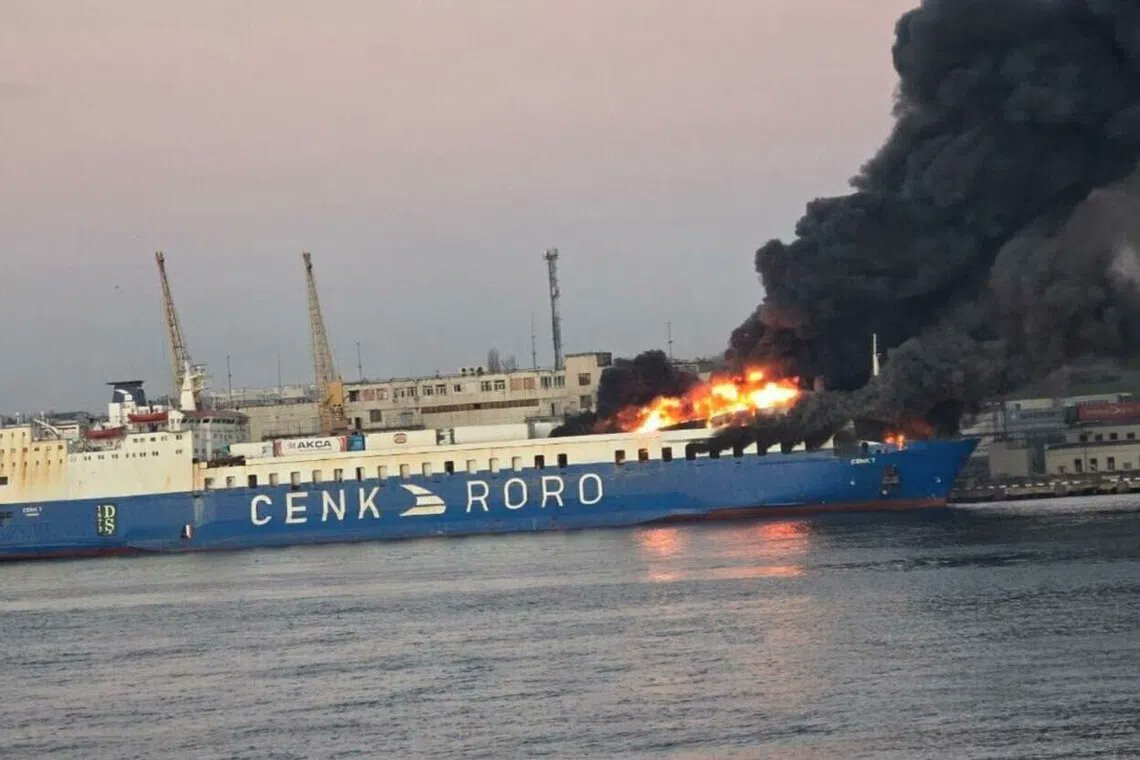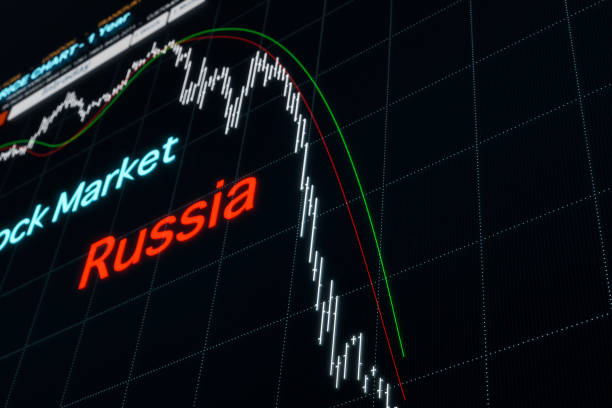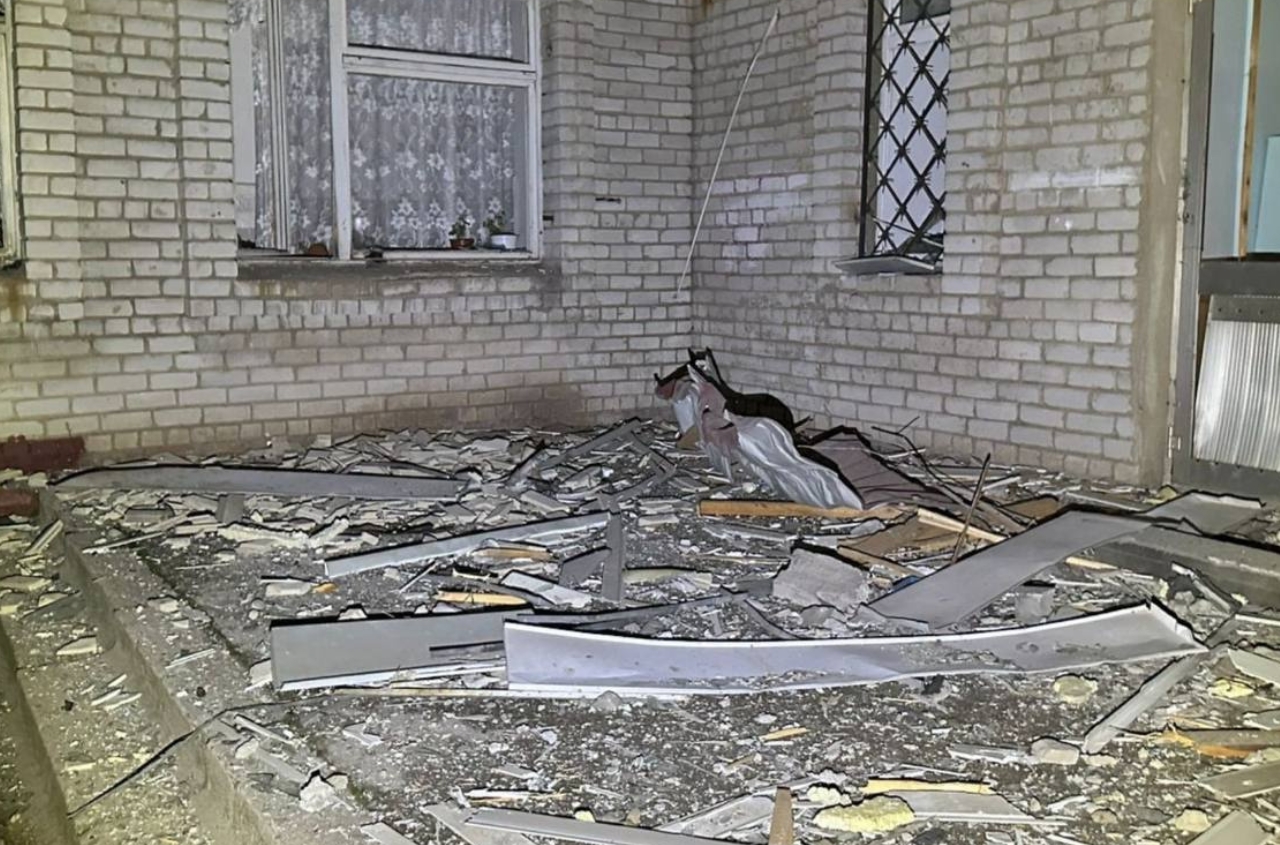In the third quarter of 2025, systemic imbalances in Russia’s coal industry deepened, pushing the sector into a sustained crisis. Available data show that 74% of companies are operating at a loss, while 23% have completely halted production. The sector’s total losses have reached 3.32 billion USD and may rise to 4.42 billion USD by the end of the year. Current trends indicate that the situation is unstable and that the most severe downturn is still ahead.
Coal production has been declining for the third consecutive year. Last year, the sector recorded losses of 1.41 billion USD and accumulated around 15.1 billion USD in debt. Loss-making enterprises accounted for 53%. By the end of 2025, total debt may grow to approximately 18.9 billion USD, further restricting access to financing and increasing the risk of cascading bankruptcies.
The deterioration is driven by the loss of traditional export markets following Russia’s full-scale invasion of Ukraine, a sharp drop in export prices—from 148–192 USD per tonne in 2022 to 72–106 USD in 2024—and limited eastern transport capacity, which prevents a rapid shift toward Asian markets.
Crisis pressures are also intensifying among private producers. Mechel cut output in Q3 2025 by 55% year-on-year, down to 1.28 million tonnes, and by 38% over the first nine months. The company’s net loss in the first half of the year increased 2.4 times, reaching 5.69 billion USD—the highest level since 2015.
Companies with weaker financial positions may default within the next 6–12 months. Some large private players also risk forced restructuring or de facto transfer under state control. Government support mechanisms introduced to stabilize the sector have shown limited effectiveness, and the share of insolvent enterprises is expected to grow further in 2026.





















